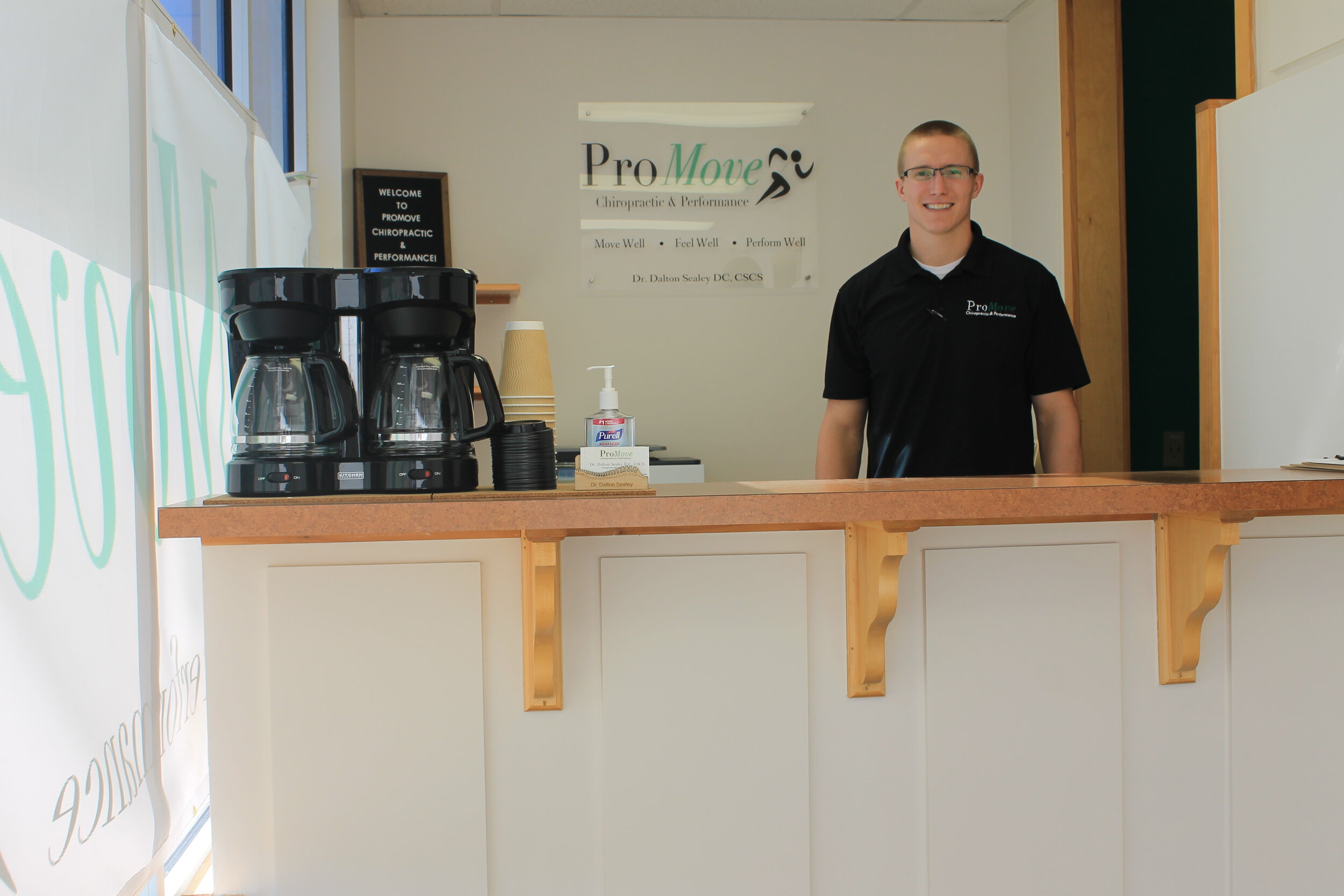
Kinesiotape
KINESIOTAPE IN OMAHA, NE
Kinesiotape is a type of athletic tape that is used to support muscle strength and joints. It is often used by athletes to prevent injuries and to help recover from them, but anyone can use it for pain relief and treat muscle contraction. Kinesiotape can be used on any part of the body and is available in different colors and is recommended to be applied by a physical therapist.
Learn more about this, our approach, and its benefits below. If you’re interested in learning if you could benefit from using Kinesiotape, contact us today!
WHAT IS KINESIOTAPE?
Kinesiotape is a taping method that is used as additional support for muscles and joints. It helps with blood circulation, muscle fatigue, and acute injuries on the taped area of different body parts. The tape is applied in a specific manner depending on the condition being treated, such as knee pain, shoulder joint pain and ankle sprains.
Kinesiotape was first developed in the 1970s by a Japanese chiropractor, Dr. Kenzo Kase. The tape is made of elastic cotton material and is impregnated with an acrylic adhesive. The tape is applied to the affected area in a specific manner depending on the condition being treated.
BENEFITS OF KINESIOTAPE
Reduce Inflammation | Reduce Relief | Promote Healing
- reducing pain
- improving blood flow
- treat common pain injuries
- reducing swelling and inflammation
- aiding in the healing process
- improving muscle activation and movement patterns
Only a professional practitioner will know the best ways to use Kinesio taping to treat injuries.
Kinesiotape and Neuromuscular System
QUESTIONS ABOUT KINESIOTAPE
Kinesiotape is believed to work by lifting the skin away from the muscles and fascia (connective tissue) below, which then allows for improved circulation and lymphatic drainage and the body's natural healing process. The use of kinesiology tape is also thought to provide proprioceptive feedback to the brain, which can help to improve muscle activation and movement patterns.
It's one of the most common treatment options for different injuries, especially among professional athletes. There is some evidence to support the use of kinesiotape for certain musculoskeletal conditions derived from sports injuries or others, such as:
Achilles tendinitis
Carpal tunnel syndrome
Patellofemoral pain syndrome
Plantar fasciitis
Shoulder impingement syndrome
If you are considering using kinesiotape, it is important to speak to a certified kinesio taping practitioner to ensure that it is the right treatment and will have a positive effect on you.
Kinesiotape can be used on any part of the body. When applying the tape, it is important to ensure that the muscle group being treated is well-defined. The tape should be applied in a specific manner depending on the treated area. For example, for Achilles tendinitis, the tape is applied from the heel to the calf.
It is also important to note that kinesiotape should not be used on open wounds or if you have an allergy to adhesive tape.
Kinesiotape can be used in a variety of different ways to support muscles and joints. For example, kinesiotape can be used to:
support the ankle during activities such as running or walking
support the knee during activities such as biking or hiking
support the wrist during activities such as weightlifting or tennis
support the shoulder during activities such as swimming or baseball.
There are a number of different brands of Kinesiology tape available on the market. When choosing a kinesiotape brand, it is important to consider the following factors:
The specific condition being treated
The severity of the condition
The location of the injury
The individual's skin sensitivity
The individual's activity level
The length of time the tape will need to be worn
The climate conditions.
We only use the best Kinesiotape brands and different techniques known to have the most beneficial effect on your body.
There are a number of different kinesiotaping techniques that can be used to support muscles and joints. The specific technique used will depend on the condition being treated and the location of the injury. Some common kinesiotaping techniques include:
Achilles tendinitis: The tape is applied from the heel to the calf.
Carpal tunnel syndrome: The tape is applied from the wrist to the elbow.
Patellofemoral pain syndrome: The tape is applied from the knee to the hip.
Plantar fasciitis: The tape is applied from the toes to the heel.
Shoulder impingement syndrome: The tape is applied from the shoulder to the elbow.
Kinesiotape is generally safe for most people to use. However, if you have sensitive or fragile skin or are allergic to adhesives, you may want to avoid using it.
Kinesiotape usually stays on for 24-48 hours. If you are using it for a more serious injury, you may need to leave it on for longer.
Yes, kinesiotape can be used in water. However, it is important to note that the tape will not stick as well when it is wet.
To remove kinesiotape, slowly peel it off from one end. If the tape is painful to remove, you can soak it in warm water to help loosen the adhesive.




